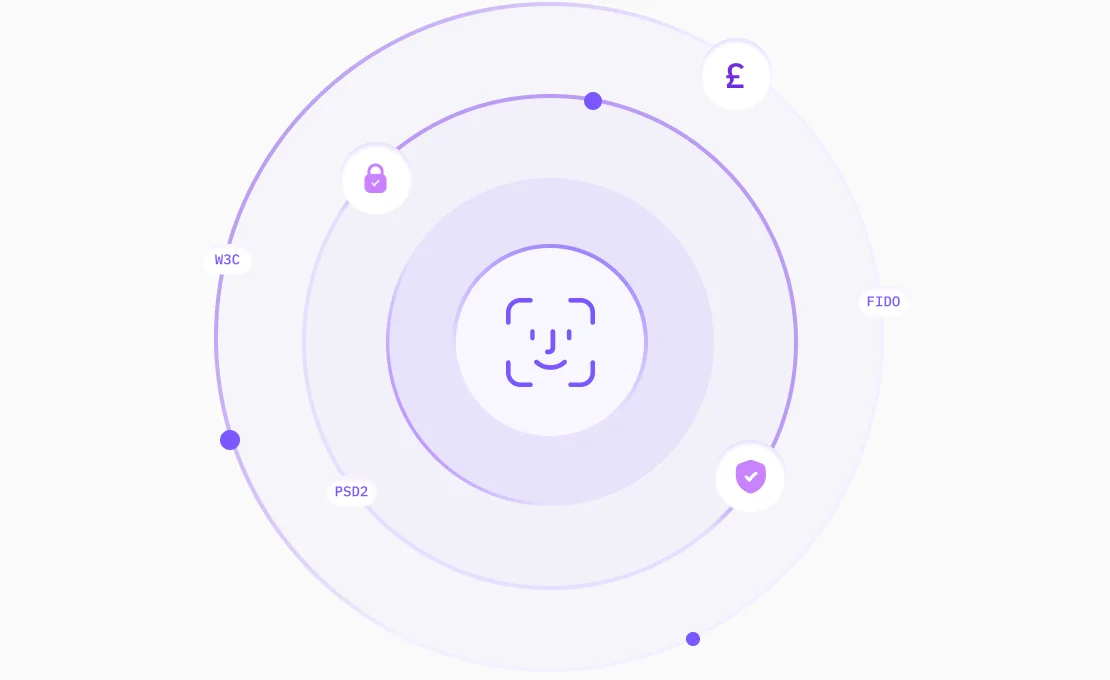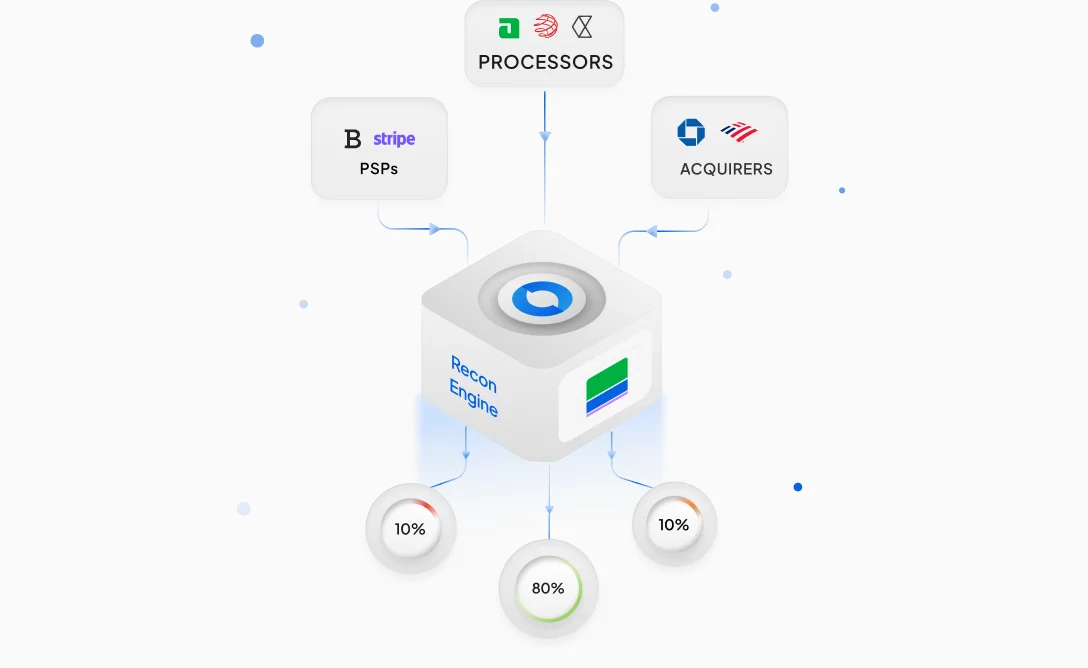PCI DSS 4.0 Updates
Safeguarding sensitive payment data is paramount in the fast-evolving landscape of digital transactions. The Payment Card Industry Data Security Standard (PCI DSS) has been a cornerstone of this protection, and with the advent of PCI DSS v4.0, a new era in payment security is dawning. This comprehensive update ushers in a host of changes designed to strengthen security measures, adapt to modern threats, and provide businesses with the tools they need to ensure seamless and secure payment experiences. Here’s a detailed breakdown.
Key Insights into PCI DSS 4.0 Updates
PCI DSS v4.0 represents a shift towards a more flexible approach to payment security. While the core principles of data protection remain steadfast, the new standard emphasizes adaptability, empowering organizations to tailor their security controls to their unique environments and risk profiles. This means businesses can implement solutions that best suit their specific needs while still maintaining robust security.
One of the most notable changes is the heightened focus on authentication. The standard mandates stronger authentication measures, such as multi-factor authentication (MFA), for certain systems, particularly those involving non-console administrative access and remote access to cardholder data environments. This step is critical in combating the increasing sophistication of cyberattacks that often target weak or compromised credentials. By requiring MFA in these contexts, PCI DSS v4.0 ensures that even if one authentication factor is compromised, another layer of defense remains in place to protect sensitive cardholder data.
Additionally, PCI DSS v4.0 encourages a deeper understanding of cloud environments and their inherent security risks. As more businesses leverage cloud-based solutions for payment processing, the standard provides general guidelines applicable to securing cardholder data across various environments, including cloud-based infrastructures. These guidelines cover everything from encryption of data at rest and in transit to access controls and incident response planning, ensuring that even in the cloud, payment information remains shielded from potential threats.
By addressing the unique challenges of cloud-based payment processing, PCI DSS v4.0 helps businesses maintain the highest levels of security while leveraging the benefits of cloud technology.
Preparing for Compliance: PCI DSS 4.0 Changes
As businesses prepare for the transition to PCI DSS v4.0, understanding the specific changes is crucial. The updated standard introduces stronger password policies, mandates robust multi-factor authentication (MFA) for specific environments, and emphasizes continuous monitoring, logging, and testing procedures. These changes reflect the evolving threat landscape and necessitate a proactive and holistic approach to payment security.
Organizations must assess their existing security controls through the lens of PCI DSS v4.0. This involves thoroughly reviewing current practices, technologies, and processes to identify any gaps or vulnerabilities that could compromise cardholder data. Addressing these vulnerabilities is essential for implementing effective remediation measures and ensuring compliance with the new standard.
Solutions should align with the overall framework and be scalable and adaptable to the ever-evolving threat landscape. By embracing a proactive security posture, continuously monitoring for potential risks, and implementing robust security controls, businesses can confidently safeguard sensitive cardholder data and maintain the resilience of their payment systems in the face of emerging threats.
Navigating the Impact of PCI DSS 4.0 on Businesses
The impact of PCI DSS v4.0 extends far beyond mere compliance. In fact, embracing the new standard can unlock a wealth of opportunities for businesses.
By diligently adhering to PCI DSS v4.0 and fortifying their security posture, businesses can cultivate a deeper sense of trust among their valued customers. This heightened trust translates into increased brand loyalty, fostering a loyal customer base that not only returns for repeat business but also becomes a source of positive word-of-mouth marketing, further amplifying the business’s reach and reputation.
Moreover, PCI DSS v4.0 serves as a gateway to new and exciting business prospects. Partnering with payment processors, financial institutions, and other key players in the industry often hinges on adherence to the latest security standards.
Demonstrating a commitment to PCI DSS v4.0 not only enhances a business’s credibility but also makes it a more attractive and trustworthy collaborator. This opens doors to strategic partnerships that can propel a business to new heights in the competitive landscape of payment processing. In this evolving digital landscape, where security breaches and data theft pose significant threats, PCI DSS v4.0 is not just a regulatory necessity but a strategic imperative for businesses seeking to thrive.
By embracing the new standard’s focus on flexibility, risk assessment, and enhanced security measures, businesses can not only protect their customers’ sensitive data but also position themselves for growth and success in the digital age.
Expert Analysis: What’s New in PCI DSS v4.0?
Industry experts universally recognize the significance of PCI DSS v4.0 in the evolving landscape of payment security. They emphasize that the new standard is not just a set of rigid rules but a dynamic roadmap to building a more secure and resilient payment ecosystem.
PCI DSS v4.0 is more than a checkbox; it’s a strategic advantage. By embracing the standard’s flexibility and risk-based approach, businesses can create a customized security framework that not only aligns with industry requirements but also seamlessly adapts to their unique operational needs and risk profiles. This adaptability is crucial in the face of constantly emerging threats.
PCI DSS v4.0 empowers businesses to proactively address these threats by implementing targeted security controls that are most relevant to their specific vulnerabilities. This approach ensures that resources are allocated efficiently and that security measures are truly effective, safeguarding both the business and its customers’ sensitive payment data.
The enhanced flexibility in PCI DSS v4.0 also allows businesses to innovate and leverage new technologies without sacrificing security, fostering a payment environment that is both secure and agile.
Juspay’s experts are well-versed in the intricacies of PCI DSS v4.0 and can provide valuable insights to help businesses understand and implement the changes effectively.
























